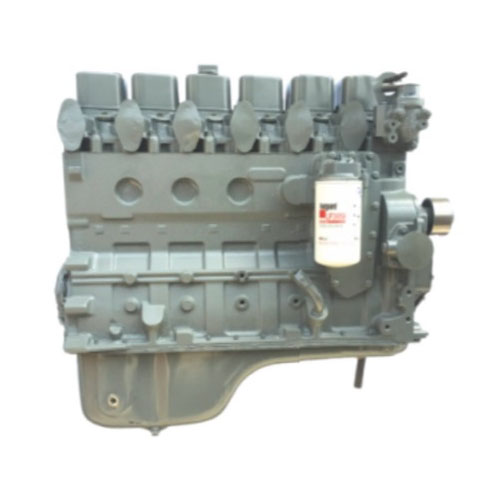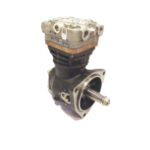Understanding Long Blocks: An Overview
In the automotive industry, a long block refers to an engine assembly that is more comprehensive than a short block, including additional components like the cylinder head. If you’re new to car mechanics or are considering replacing your engine, it’s essential to understand the differences between a long block and other engine configurations to make an informed decision.
What Is a Long Block?
A long block is essentially a more complete engine compared to a short block. While a short block typically includes the engine block, crankshaft, connecting rods, and pistons, a long block goes further by adding components like the cylinder head, camshaft, and valvetrain. Some long blocks may also include a timing chain or belt, oil pump, and even a water pump, depending on the supplier.
This configuration offers a nearly complete engine but usually requires a few external components to be attached, such as the intake and exhaust manifolds, sensors, and fuel system, before the engine is fully operational.
Why Choose a Long Block?
There are several advantages to choosing a long block when it comes to engine replacements or rebuilds:
- Cost-Effective: Long blocks can be more cost-effective in the long run. Because it includes more components than a short block, you save on labor costs and parts that would otherwise need to be sourced separately. This is particularly useful for those looking to get their vehicle back on the road quickly without going through a complex assembly process.
- Consistency and Quality Control: Many long blocks are remanufactured by professionals, ensuring that all parts are in good working condition and that the engine assembly meets factory specifications. This reduces the risk of incompatibility or issues with engine components down the road.
- Time-Saving: Since long blocks come with more components pre-assembled, they significantly reduce the time required to install the engine compared to assembling a short block. This can be a critical factor if you’re working on a time-sensitive project or want to minimize your vehicle’s downtime.
- Convenience: Having major components like the cylinder head and valvetrain already installed makes a long block more convenient for mechanics and DIY enthusiasts. You won’t need to worry about sourcing individual parts or ensuring that everything fits together correctly.
Applications of a Long Block
Long blocks are often used in the context of engine replacements, where the original engine has suffered significant damage or wear. Instead of rebuilding the engine from scratch, many car owners opt for long block replacements because of the balance between convenience and cost.
They are also favored in performance upgrades, as some long blocks come pre-configured for enhanced performance, offering a foundation for further modifications. Performance long blocks may include upgraded components like forged pistons or high-lift camshafts, which are ideal for those seeking more power out of their engine.
Long Block vs. Short Block
It’s important to note the difference between a long block and a short block. As mentioned earlier, a short block is a more bare-bones engine assembly, including only the engine block, crankshaft, rods, and pistons. Short blocks are ideal for those who need to build a highly customized engine from the ground up, adding their choice of components such as cylinder heads, camshafts, and more.
On the other hand, a long block offers a more complete package and is typically the go-to for individuals looking for a quicker and easier engine replacement solution. It saves time and effort in sourcing compatible parts and performing complex assembly tasks.
Conclusion
A long block engine is an ideal solution for those needing a reliable, cost-effective, and time-efficient engine replacement. Whether you’re looking to rebuild an old engine or upgrade your vehicle’s performance, the long block provides a well-rounded option. By offering more components than a short block but requiring less labor than a full engine assembly, the long block hits the sweet spot between convenience and customization.




